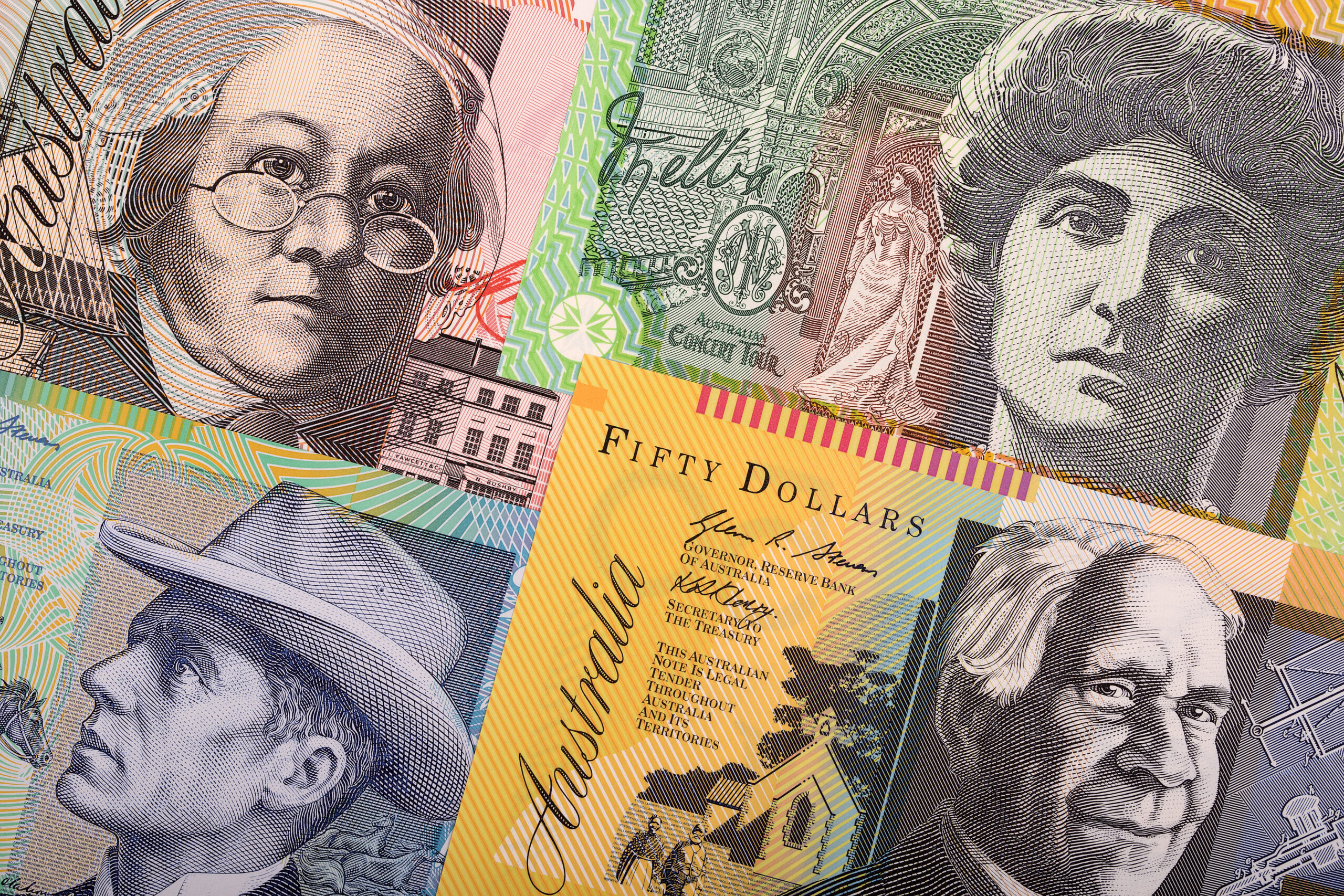The Australian Dollar has recently gained some momentum, thanks to improving rate differentials. The Reserve Bank of Australia (RBA) has played its part by surprising the market with a 25 basis points hike in its cash rate target, pushing it to 4.10%. This unexpected move has bolstered the Australian Dollar, as investors anticipate further tightening of monetary policy to ensure inflation returns to the target range. The RBA’s actions have now shifted the focus to the Federal Reserve (Fed), as market participants eagerly await their response and ponder over their own policy decisions.
Improving Rate Differentials and Mixed Commodities Signals Impact AUD/USD Outlook
Commodities are presenting mixed messages, adding to the uncertainty surrounding the Australian Dollar’s future trajectory against the US Dollar (AUD/USD). Will the AUD/USD pair continue to climb higher or face headwinds from conflicting market signals? The answer lies partially in the upcoming Federal Open Market Committee (FOMC) meeting, scheduled for this week. The rates market is not anticipating any immediate moves, with some Fed speakers suggesting a cautious approach to rate hikes at this time.
The AUD/USD pair experienced a surge following the RBA’s rate hike announcement, reaching a one-month peak last week. This bullish momentum was supported further as the US Dollar weakened broadly across the board, boosting AUD/USD even more. However, the recent release of 1Q quarter-on-quarter GDP data, which came in at 0.2% instead of the forecasted 0.3%, introduced a note of caution. Nevertheless, the slight miss in GDP figures was offset by the revision of the previous print from 0.5% to 0.6%.
While annual GDP to the end of December fell short of expectations at 2.3% compared to the anticipated 2.4% and the previous 2.6%, the trade surplus continues to contribute positively to the Australian economy. In April alone, the trade surplus amounted to AUD 11.158 billion, albeit slightly below the forecasted AUD 13.64 billion. Furthermore, the recovery of iron prices and other industrial metals since last month’s lows provides some support to the Australian economy.
However, it’s not all smooth sailing for the Australian economy. The Australian Government’s Department of Agriculture, Fisheries and Forestry predicts a decline in wheat, barley, and canola harvests by 34%, 30%, and 41% respectively over the next 12 months. This projection comes after several years of bumper crops due to excessive rainfall associated with the La Niña weather pattern. In contrast, the Bureau of Meteorology (BoM) forecasts a shift to the drier El Niño pattern starting this southern hemisphere winter.
Click here to check the Australian Dollar Index
As the market looks ahead, the FOMC meeting remains the focal point for AUD/USD price action in the upcoming week. Market participants will closely monitor Fed Chair Jerome Powell’s comments during the press conference for insights into the future rate path. Expectations of a dovish tilt from the Fed may initially soften the US Dollar, providing potential support to the Australian Dollar. Once the FOMC meeting concludes, AUD/USD may find further strength or face challenges depending on the outcome.
Technically, the AUD/USD pair has shown signs of recovery from its six-month low at 0.6458, observed at the end of May. Breaking above a descending trend line that coincided with a prior peak at 0.6710 indicates the possibility of further bullishness in the pair. However, resistance levels are likely to be encountered around the breakpoints and previous peaks in the 0.6780 – 0.6820 area. A clean break above 0.6740 would place the price above all short, medium, and long-term daily Simple Moving Averages (SMA), suggesting potential bullish momentum ahead.
While the recent Bullish Engulfing Candlestick formation provided a notable signal, support levels for AUD/USD can be found at the breakpoints of 0.6574 and 0.6565, as well as the recent low of 0.6458. Further down, additional support may lie at the prior low of 0.6387 and the nearby Fibonacci level of 0.6381, which represents the 78.6% Fibonacci Retracement of the move from the October 2022 low of 0.6170 to the peak of 0.7158 seen in February of this year.
Conclusion
In conclusion, the Australian Dollar has seen a resurgence following the RBA’s rate hike, driven by improving rate differentials. However, the outlook for AUD/USD remains uncertain due to mixed commodities signals and the upcoming FOMC meeting. Investors eagerly await the Fed’s response and closely monitor economic indicators to gauge the Australian Dollar’s future performance. While technical factors indicate the potential for bullish momentum, market dynamics and global developments will play a crucial role in shaping the AUD/USD exchange rate in the weeks to come.
Click here to read our latest article on UK’s Inflation Rate


